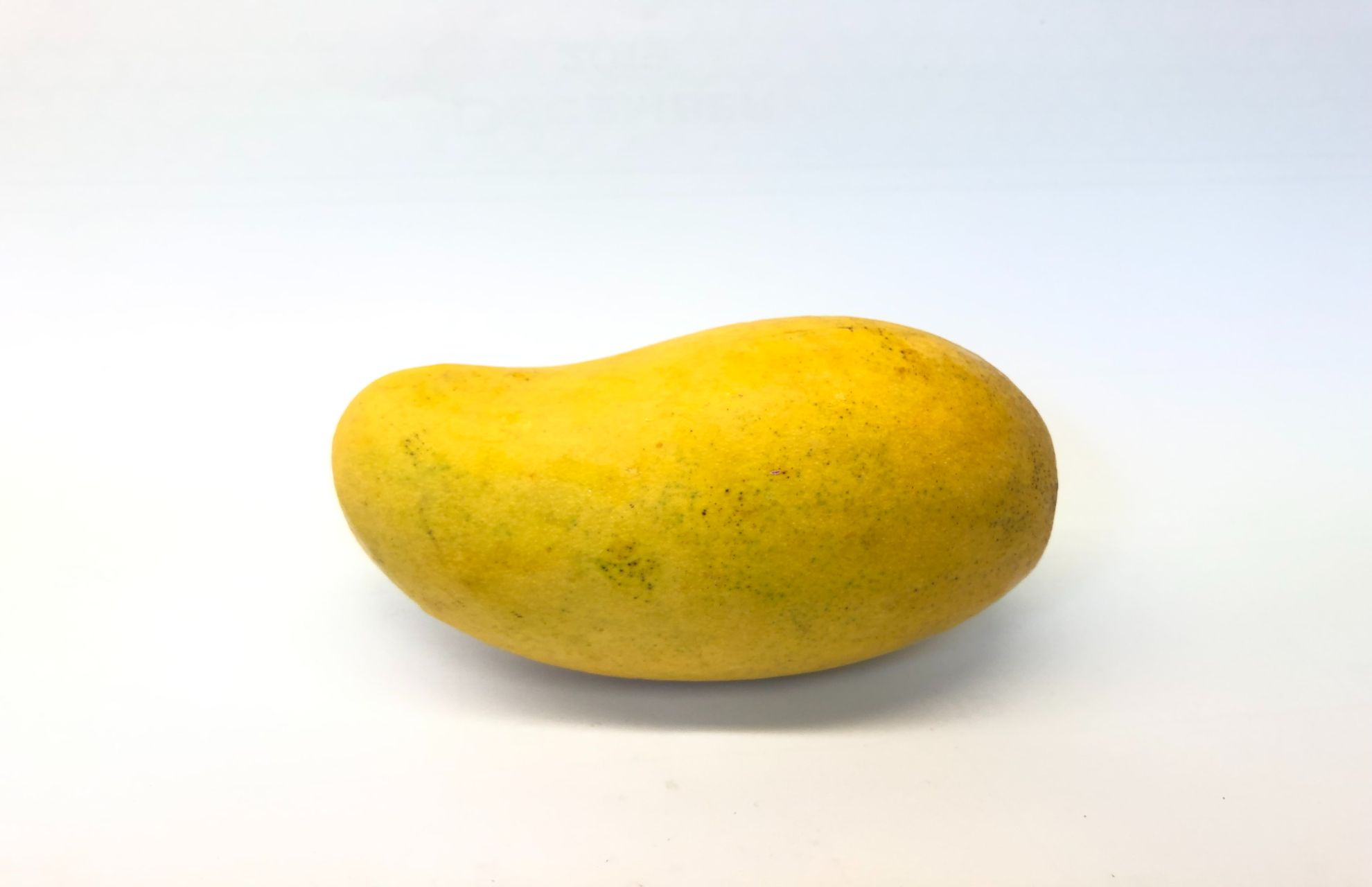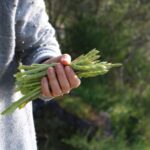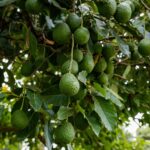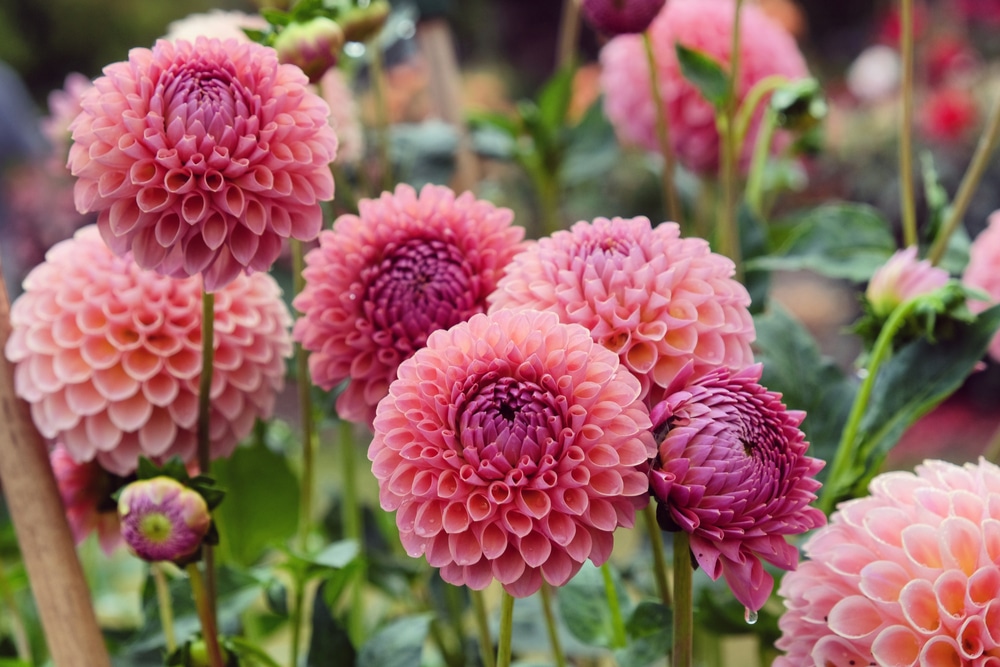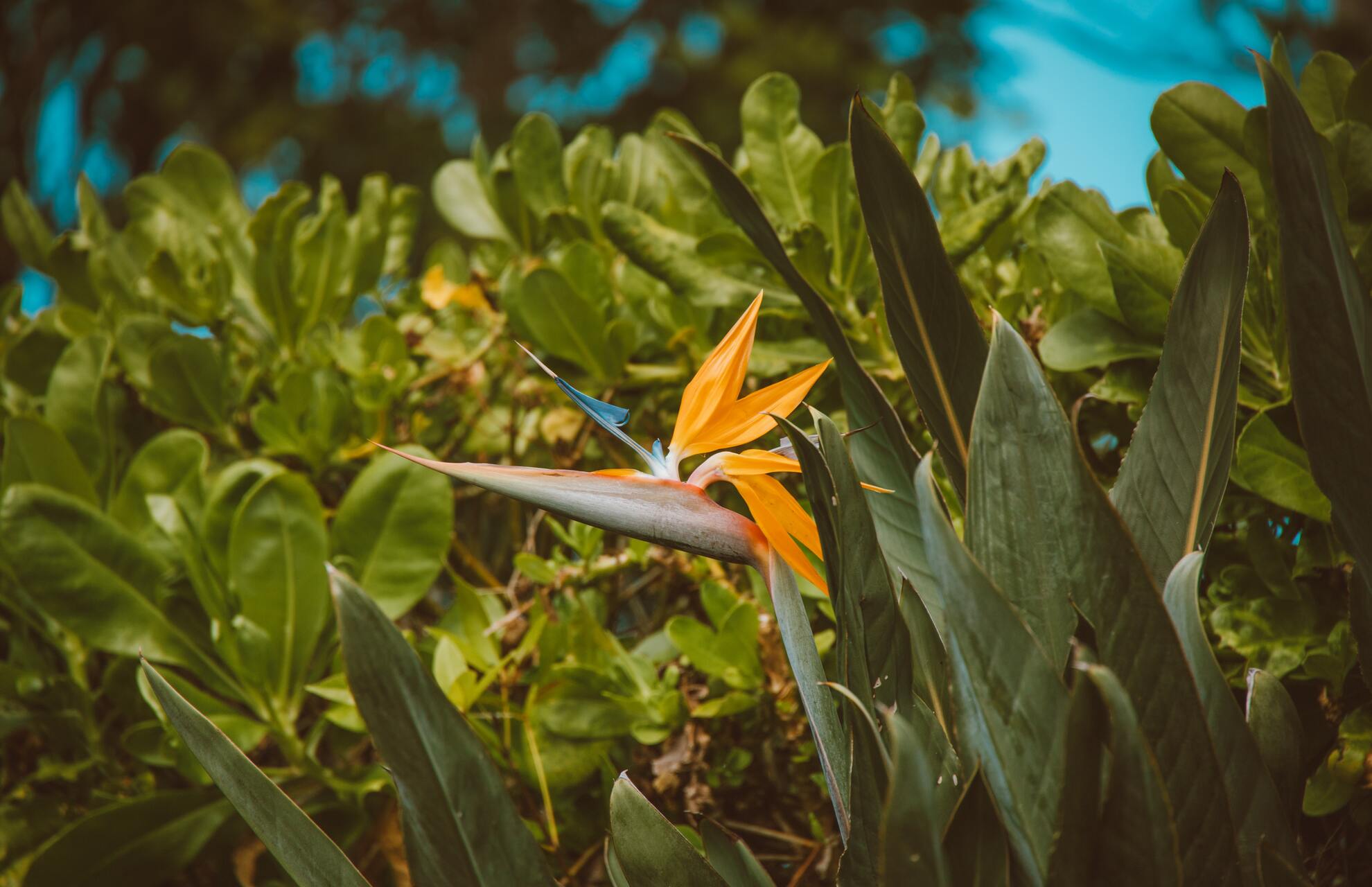Mangos have been called the “king of fruits,” because they are luscious, juicy, delicious, and sweet. They are widely grown in tropical and subtropical environments. Mango trees prefer warm, summer weather, so the best time to plant them is when it’s warm outside.
Growing your own mango tree doesn’t have to cost a fortune either. With the help of mango from your neighborhood grocery store, you can develop a full-fledged tree that may even start to bear fruit after a few years. After eating, instead of throwing the mango seed, use your leftovers to grow a beautiful mango tree that can grace both indoor and outdoor tropical gardens by removing the seed.
For instructions on how to plant a mango seed, read this article.
Do Store-bought Mango Seeds Grow A Mango?
The ability to use store-bought produce and the portion of the fruit that would otherwise go to waste is part of the appeal of growing mangos from seed, much like growing avocados from seed or pineapple plants from a pineapple top.
You shouldn’t save seeds from all store-bought produce. Due to the procedures the fruits go through prior to transportation, some are unlikely to germinate, while others will produce fruits far from the original plant, or worse, no fruits at all.
Fortunately, mangoes don’t suffer from that. It is well known that seeds purchased in stores successfully germinate and grow.
There are a few restrictions attached to this, though.
To begin with, it takes mangoes several years to mature and start producing fruit. You must plant them in the proper climate, which must be tropical or subtropical with warm temperatures and high humidity, for them to reach this stage.
They can be kept indoors if your area doesn’t have the right climate. When grown indoors, they are unlikely to ever bear fruit because of the poor lighting.
Those who can successfully plant their tree outdoors and raise it for a number of years might discover that the fruits the plant eventually produces don’t exactly resemble the original fruit. Mango trees may require more maintenance and be more vulnerable to pest and disease damage as more mangoes are grafted onto them.
Growing from seed is still a simple and enjoyable gardening experiment despite these potential issues. Even if your tree doesn’t bear fruit, it will still grow into a great leafy tree with beautiful foliage both inside and outside.
What harm could there be in the seed germinating if you were going to toss it anyway?
How Do I Grow A Mango From Seed?
Remove The Flesh
The flesh surrounding the fruit must first be removed in order to access the large seed inside. This will be the best component for mango lovers. The fleshy fruit can be consumed immediately or set aside to be added to desserts or fruit salad later.
Remove the flesh without worrying about destroying the seed inside. A tough husk inside the fruit shields it from harm.
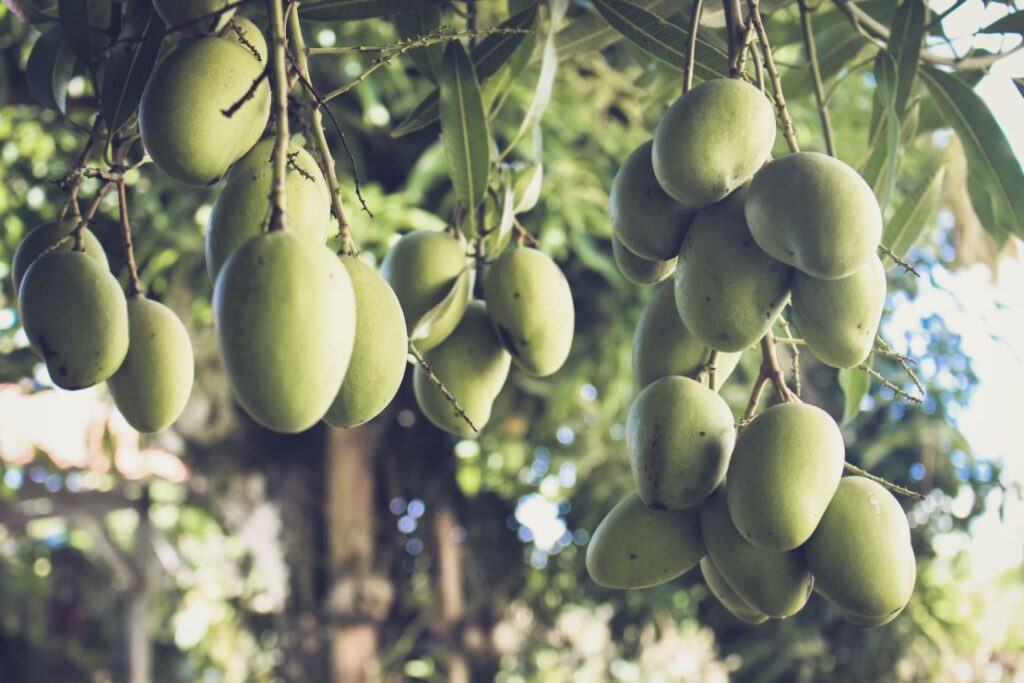
After the husk has been exposed, it needs to be thoroughly rinsed. You might need to use an abrasive sponge to remove the flesh because it will stick to the rough exterior. By doing this, you can handle the seed more easily and avoid getting hurt while attempting to open it.
Alternatively, you can wait a day or two for the husk to dry out until the slimy exterior is gone.
Remove The Husk
The textured husk must then be cut open. This requires craft knives or razor-sharp scissors and is more difficult than it appears.
The bulging ought to make it clear where the seed is located on the husk. Find the flat area of the husk and make a small hole in the edge, preferably close to the natural opening to facilitate removal.
After it has been split open, use your hands to pull apart the remaining husk. Prior to removing the seed, take care to avoid slicing or otherwise harming it.
Wrap Seed In A Moist Paper Towel
It is optional to add this additional germination step, but it does speed up the process and can improve your chances of success. Furthermore, it requires little additional work and enables you to monitor germination development more closely.
A few paper towel layers should be wet, and then they should be wrung out to prevent dripping. The seed should then be completely covered with a paper towel. To keep moisture in check and boost the heat, put the seed in a plastic bag with one side open.
For the greatest chance of germination, place the seed in a warm location, ideally on a heating mat. While you wait, keep the towel damp but not drenched.
For sprouts, frequently inspect the seed.
As soon as the first root and stem are apparent, transplant them right away into a pot, being careful not to hurt the delicate root.
Plant
Start by adding high-quality potting soil that has been improved with additional compost to a medium-sized pot. Use of a soilless mixture, such as a blend of perlite and coconut coir, is also an option, but you will need to transplant the tree soon after to ensure that it has access to enough nutrients to grow well.
By watering and letting the extra run off the bottom of the pot, you can premoisten the soil before you plant. The seed should be buried horizontally, just below the soil’s surface. To make sure the entire seed is in contact with the soil, add more potting mix and firm it down.
How To Care For Your Mango Seed?
- Light: Mango houseplants can be kept in an area of your home that receives a combination of indirect and direct light, unlike mature mango trees, which need full sun. Mangoes are tropical plants, so they do best in a warm, sunny climate.
- Humidity: Mango trees grow best in warm, humid climates. Consider misting your mango tree frequently or putting a humidifier close by if you plan to keep it as a houseplant.
- Repotting: You might need to replant your mango plant in a larger container as it grows. While moving your mango plant, exercise caution to protect the root system.
- Transferring: Move your mango plant outside if you reside in one of USDA hardiness zones nine through eleven. Use loamy soil and decide where in your garden to place the plant that will get the most sunlight. For best results, plant your mango tree in the spring.
- Propagation: Planting a stem cutting in new potting soil will allow you to propagate your mango tree as it grows.
How Long Until My Mango Tree Starts To Produce Fruit?
Your mango tree will bear fruit in 5-8 years under the right circumstances and care. Fruits are not guaranteed, even after all that time, so it’s important to keep that in mind.

